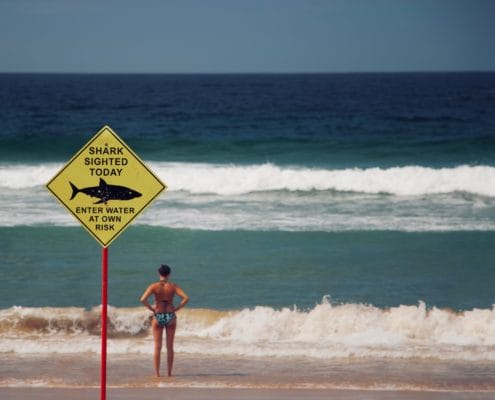Posts

It is good to feel good!
Yes, we all have days, sometimes weeks, where we may hit…

' I am sooooooo busy...'
There is a HUGE difference between being busy and highly productive.…

Benefits of Connecting with Like-Minded Professionals
Last week in San Diego, I had the opportunity to connect with…

Struggling to make a difficult professional or personal decision?
Take the stress away from your decision-making process and simplify…
 https://jennyreilly.com/wp-content/uploads/2019/03/australia.jpg
5304
7952
Jenny Reilly
https://jennyreilly.com/wp-content/uploads/2025/05/Jenny-Reilly-Logo.png
Jenny Reilly2019-03-25 05:05:552021-08-25 11:05:28Mentors Make A Difference
https://jennyreilly.com/wp-content/uploads/2019/03/australia.jpg
5304
7952
Jenny Reilly
https://jennyreilly.com/wp-content/uploads/2025/05/Jenny-Reilly-Logo.png
Jenny Reilly2019-03-25 05:05:552021-08-25 11:05:28Mentors Make A Difference
